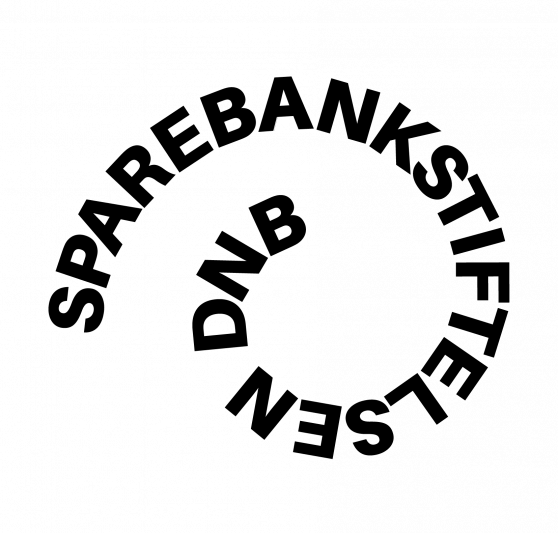Sustainable Pilgrim Stops
With support from the DNB Savings Bank Foundation, we set focus on sustainability, innovation and the environment along Gudbrandsdalsleden. At the same time, we better the conditions for our pilgrims.
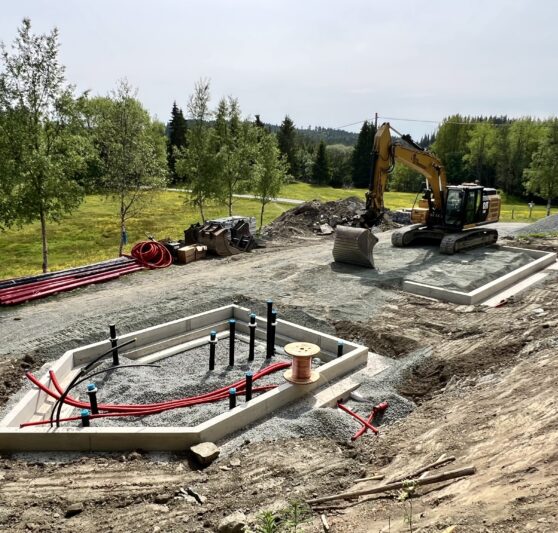
Pilegrimsbua i Trondheim
Les mer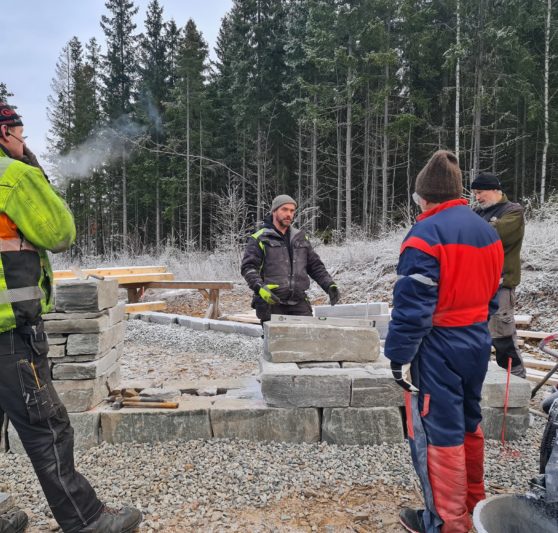
A sustainable pilgrim stop in Øyer.
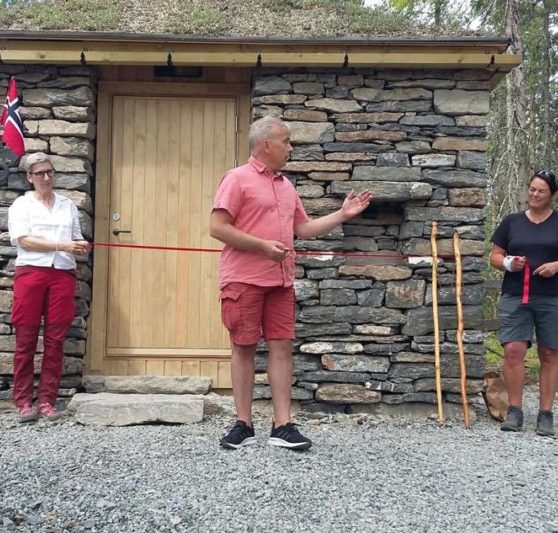
The Pilgrim Stop in Stange
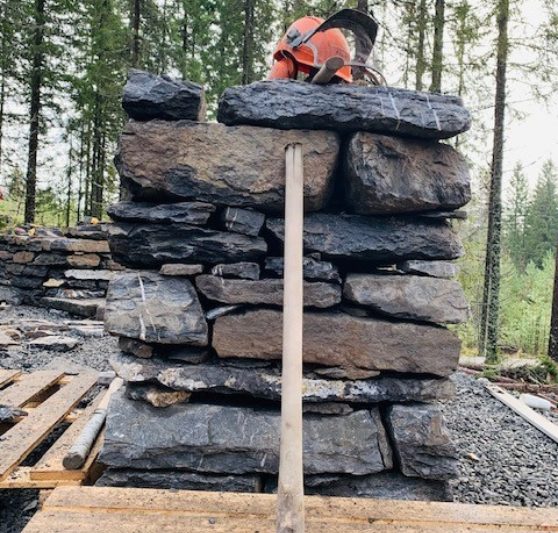
Flere buer på vei..
Tildelingen fra Sparebankstiftelsen DNB vil muliggjøre flere pilegrimsbuer de neste årene. Både i Trondheim, Sør-Fron og Sel er det buer under aktiv planlegging, og dialog er i gang med enda flere interesserte kommuner. Følg med!
Background
St. Olav Ways, The Pilgrim Paths to Trondheim is a network of marked pilgrim paths that all end at the Nidaros Cathedral in Trondheim. At the start of the project in 2019, the statistics showed that around 70% of the pilgrims who came to Trondheim came via Gudbrandsdalsleden, and in 2018, pilgrims from more than 30 different countries were registered.
In addition to long-distance pilgrims who end up in Trondheim, we see extensive local and regional use of the pilgrim paths. School classes, confirmation groups, history teams, exercisers, hiking teams, groups of friends, immigrant groups and other hikers enjoy and benefit from the pilgrim paths as hiking trails.
With the varied use of the pilgrim paths, it is both a national and international cultural-historical tourism product, an arena for reflection and the "inner journey".
We want to facilitate good experiences for everyone who walks the pilgrim paths. In the last 8 years, we have seen an average increase in the number of hikers of around 20% per year. The increased traffic on the paths requires good infrastructure, not only to provide good experiences for the hikers, but also to protect the environment as much as possible.
Development
We are committed to developing the pilgrim path as a sustainable and environmentally friendly path to walk. In this project, we have therefore focused on developing and setting up sustainable and innovative Pilgrim Stops along Gudbrandsdalsleden. After the project is completed, we will also be left with a template and a procedure that enables and simplifies the setup of more Pilgrim Stops, also along our other pilgrim paths. The reststops will, among other things, give hikers access to clean water, toilet facilities, information and the opportunity to charge mobile / GPS.
Throughout the development phase of the project, it has been important to ensure that the Pilgrim Stops can be placed in different types of terrain and fit into the varied landscape we find along the path. They should be able to stand in remote areas without access to municipal water or electricity and we have therefore worked to find innovative and sustainable solutions in both technology and design.
Idea Competition for Students
We have also had a desire to achieve good synergy effects of the project. As the first stage of the development phase, to inspire and include the younger generation in the pilgrim work, we therefore invited architecture and design students to an idea competition, where they could come up with proposals for innovative and sustainable design and solutions.
The hope was to get contributions that could create a link between pilgrim tradition and modern people's needs and culture, technology, new architecture and Norwegian building materials. We had an exciting and talented jury with us, with representatives from architecture, landscape architecture, tourism, industrial design, as well as culture and outdoor life. They made good input and provided a thorough, professional evaluation of each individual contribution.
After the competition, we were left with three great proposals with different qualities that we have used as inspiration in our further work. The final result is drawn by civil architect Marie Louise Anker who works in Nidaros Cathedral's Restoration Workshop as the Director of Cultural Heritage Management.
The Choice of Materials
One of the three top proposals in the competition used stone as a building material. This inspired us to offer a course in dry masonry construction as part of the building process. This to create an extra benefit for the local community in that the project shares useful knowledge about this traditional craft. The first course has now been completed and the second is soon to come.
The rest of the cabin is built in local and short-traveled wood, a renewable and environmentally friendly building material.
On the roof, there will be an innovative twist on the traditional peat roof, in the form of sedum mats. These will contain plants in the stonecrop; family that can be found throughout Norway. The plants are hardy succulents and thrive in a thin layer of substrate, which makes the roof much lighter than a traditional green roof. This also gives weeds and other plants poor growth conditions, which makes it easier to maintain.

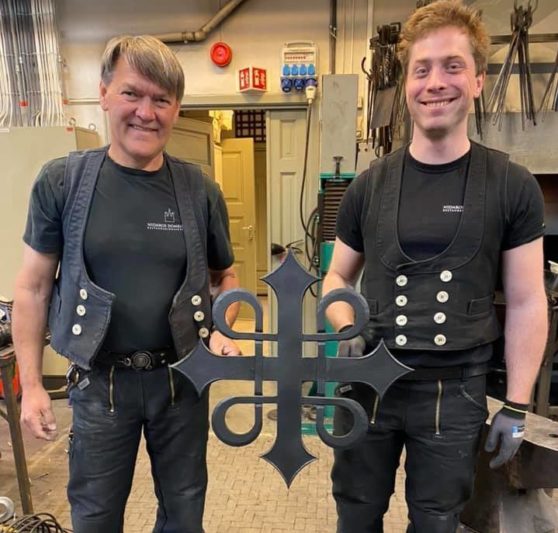
Pilgrim symbol in wrought iron
